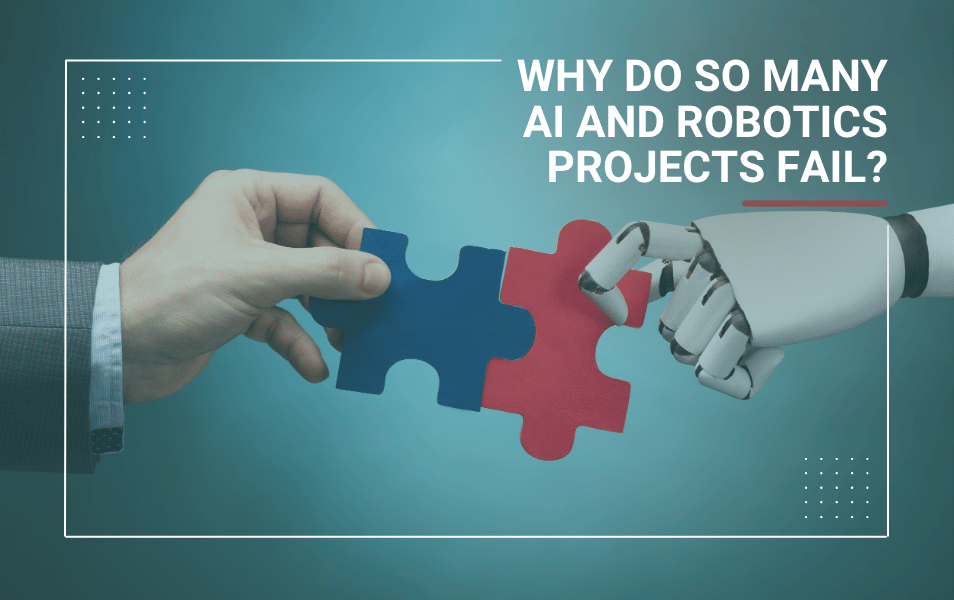Why do so many AI and robotics projects fail?
Engineers get excited about the latest robot navigation breakthroughs. Meanwhile, business leaders keep asking:
“But where’s the ROI?”
A recently recorded Lean Startup podcast perfectly captured what I’ve seen for years as a consultant in AI and robotics.
The guest, Siddarth Anand , nailed the core issue:
🔥 There’s a massive disconnect between business leaders (focused on outcomes) and tech teams (focused on data, models, and tools).
So what’s missing?
👉 The AI Product Manager—someone who speaks both languages and bridges the gap.
Oddly, when I look at open roles in companies aiming to integrate AI or robotics, I rarely see job postings for this kind of product leader.
Instead, I see positions for ML engineers, data scientists, or traditional PMs—with no mention of lean experimentation, hypothesis testing, or rapid validation.
It’s a blind spot. And it’s costing teams time, money, and trust.
For over 10 years, I’ve applied lean startup thinking to AI projects, and these principles guide every engagement:
✨ Start with customer problems, not cool algorithms
✨ Validate solutions through fast, cheap prototypes
✨ Focus on business OKRs, not F1 scores
✨ Facilitate real collaboration between product, data, and business
✨ Drive iteration from real-world feedback—not internal assumptions
Traditional PMs write specs and plan roadmaps.
Lean AI PMs test hypotheses, validate with real users, and iterate fast.
Less time in conference rooms or behind a desk, more time getting feedback that stings.
Curious—have you seen this pattern too?
What’s worked (or failed) in your experience aligning AI innovation with customer value? I am eager to connect with you and hear about your experiences. .
